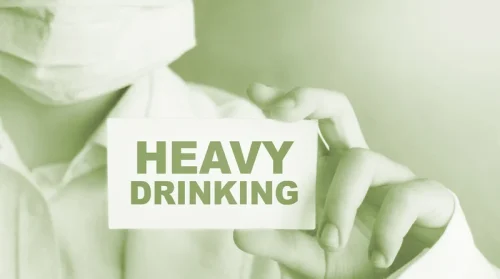Furthermore, pre-owned things frequently have the extra benefit of being less expensive than their brand-new counterparts. There are two benefits to hang drying your clothes after a wash — not only are you saving energy by skipping on the dryer but your clothes will smell fresh and clean! Clothes dryers are responsible for large amounts of carbon emissions.
Featured Local Savings
Composts prevent the decomposition of excess food waste and the release of dangerous chemicals into the air. Passive solar home design takes advantage of climatic and site conditions to provide heating in the winter and cooling in the summer. To learn more about home energy assessments and find free tools and calculators, go to Your Home’s Energy Use, the Residential Services Network, and the Building Performance Institute. Since most of your home’s heat escapes through the roof, the easiest way to improve insulation to your home is to lay sheets of fiberglass insulation on the floor of your attic. However, to fully seal your house, using a form of blow-in insulation around the exterior walls is the best option. Discuss these critical factors of location and orientation with your builder or architect to ensure they are taken into consideration.
Choosing Sustainable Building Materials
- This is super convenient too for DIYers who probably have these stores close by and accessible (although they do have pro services that can do the installations too, if needed).
- Like using reusable straws and water bottles, composting is a small step that makes a big environmental impact.
- In addition, Galvao points to Greenguard Certification, provided when an item meets chemical emissions standards.
- The goal isn’t perfection but consistent effort in promoting a sustainable living space.
- Adding area rugs and carpets can help trap heat and reduce heating costs.
An eco-friendly renovation comes down to choosing the right materials and implementing the right systems when remodeling. Fiberglass insulation wasn’t widely used until the 1940s, so homes built before then often aren’t properly insulated, at least by today’s standards. Even if your home is newer than that, insulation technology has come a long way in the last few decades, so it’s worth looking into whether your home’s current insulation is doing its job. A home energy assessment, or a home energy audit, is done by a professional and will explain exactly where your home is losing the most energy. Energy assessment companies will typically use things like blower door tests, gas leak detectors, and moisture meters to evaluate various areas of your home.

Earth-Sheltered, Straw Bale, Log, and Manufactured Homes
This has led to more than 61,400 lower-income households improving their home energy efficiency, reducing fuel bills and carbon emissions. One of the biggest drains of energy How to make your home more environmentally friendly in your home is heating and cooling. This is especially true if you live in a colder climate like Canada, where heating is a must-have in the chilly winter months.
- That’s a larger change, but a smaller change that you can make right now is adding aerators to your faucet and switching out your shower heads.
- What do you generally do with the food waste coming out of your kitchen daily?
- As a result, using such technology can be both environmentally and economically advantageous.
- Professional services or even your local utility provider will offer energy assessments to help you evaluate where your home’s inefficiencies are.
- Growing plants can also strengthen your relationship with nature, allowing you to better appreciate the splendor of life, and ultimately turn you into a stronger advocate for the planet.
- So, if you live in a smart home and want to help tackle climate change, take note of the useful tips above to keep your domestic life eco-friendly.
- Purchasing used goods reduces not only production demands but also the amount of waste thrown in landfills.
- Even though winters don’t dip below 30 very often, our heating is expensive and inefficient.
- Sure, most modern boilers are incredibly energy-efficient and hardly give trouble.
- Solar electric panels, also known as photovoltaics (PV), allow you to generate your own renewable electricity.
- You won’t have to rely on produce sold in supermarkets, which is often shipped long distances.
Underfloor Heating Can Be A Boon
Buy energy-efficient kitchen appliances
- Google Nest Thermostat | Was $129.99, now $113.99This programmable smart thermostat comes in four colors and should be used with an Alexa for voice control.
- When you put your hand to the windows in your home, do you feel a breeze?
- Before making upgrades, you may also want to work with an energy assessor to use the Home Energy Score.
- Renovations present a unique opportunity to make your home greener, creating environments that combine aesthetics and practicality with environmental consciousness.
Efficient Home Design

